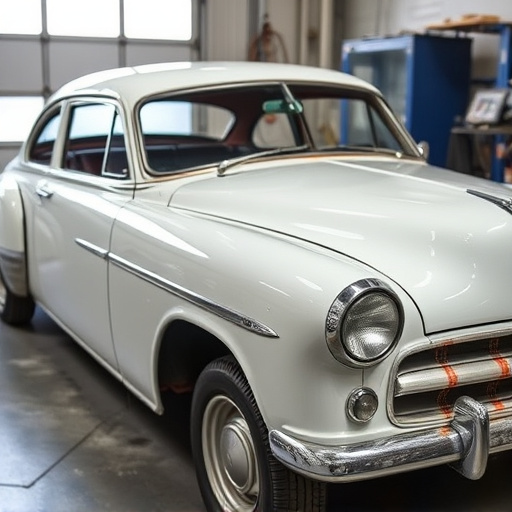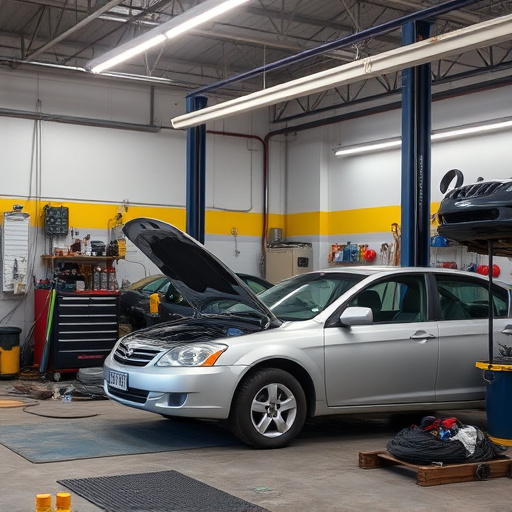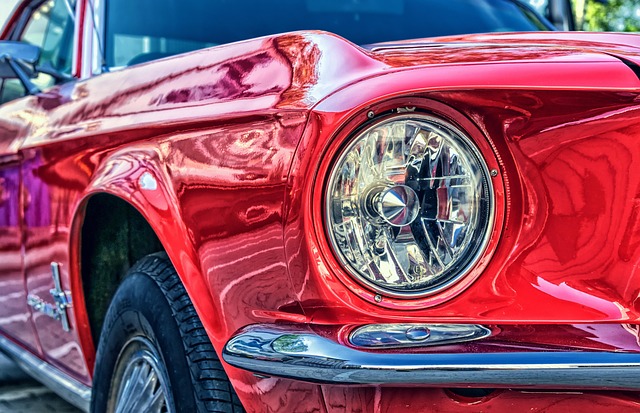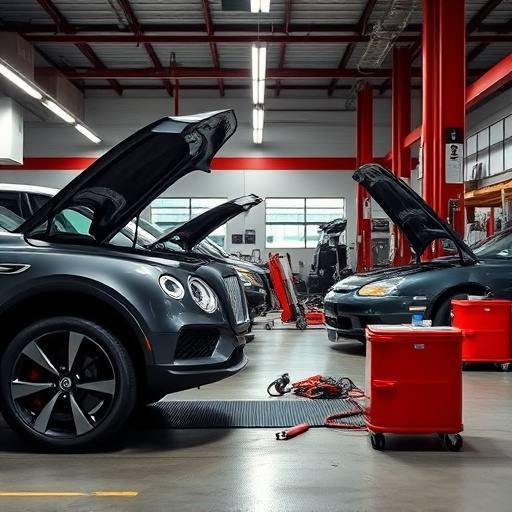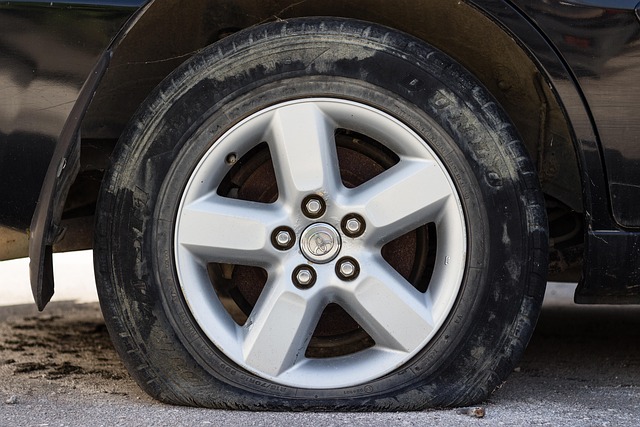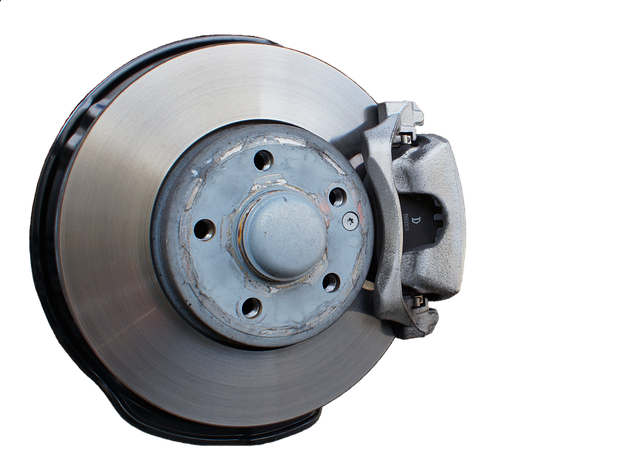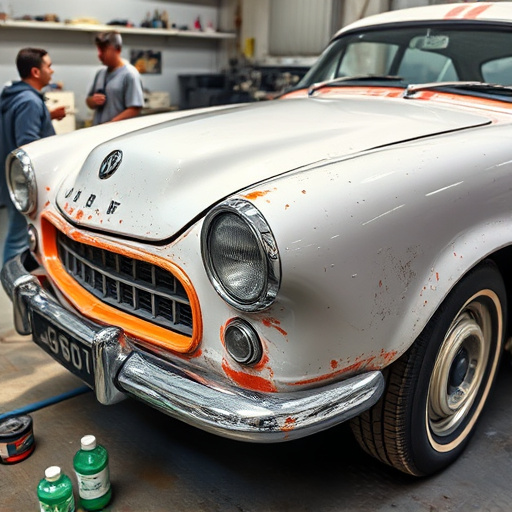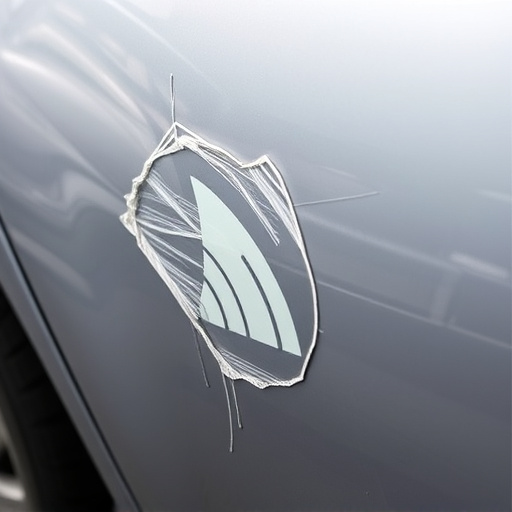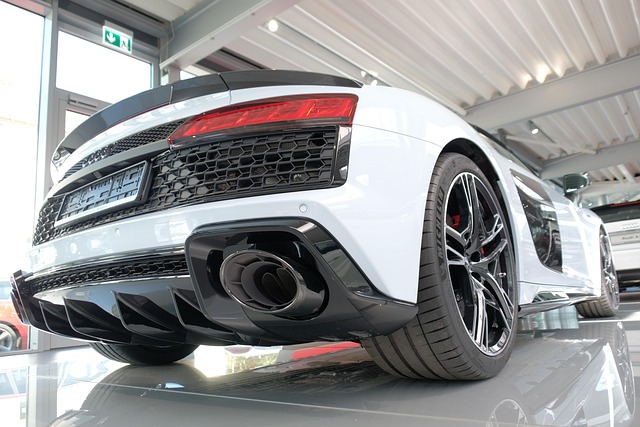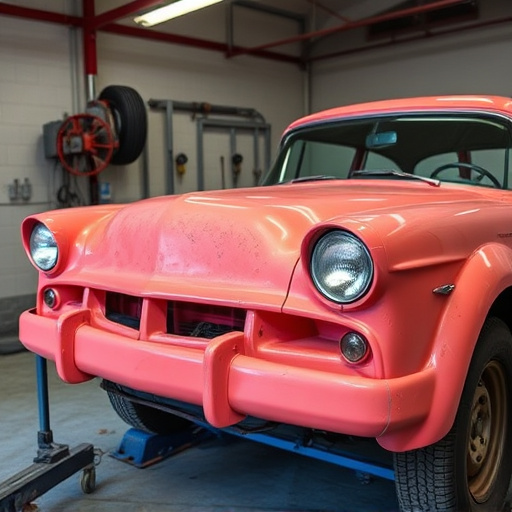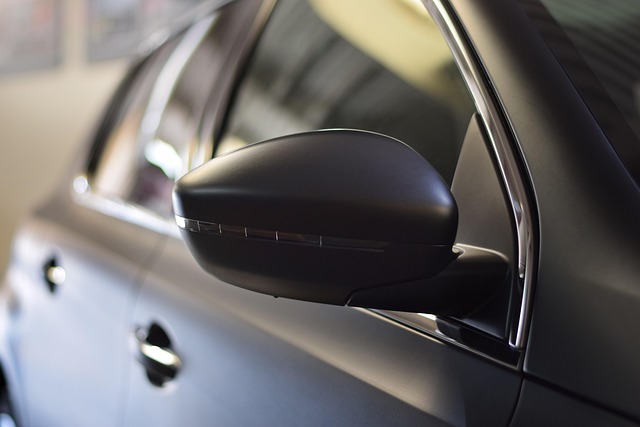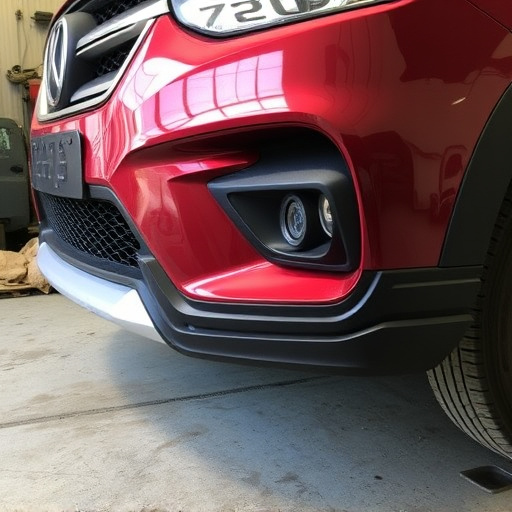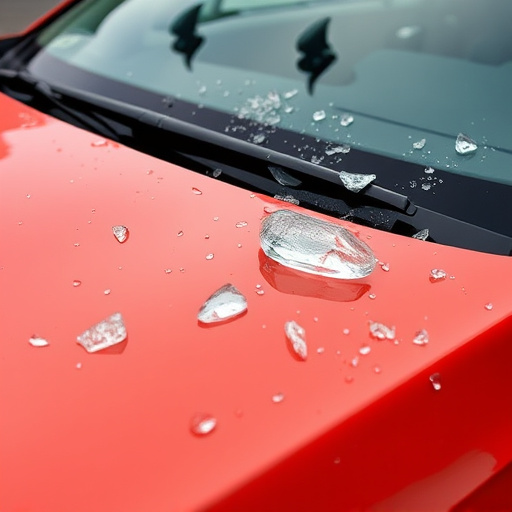The evolution of collision frame repair has been driven by technological advancements, transforming a manual process into a precise, efficient, and safe procedure. Tools like CAD systems, laser alignment, robotic welding, digital imaging, and 3D scanning have revolutionized the industry, ensuring enhanced accuracy, improved efficiency, and safer repairs. This digital transformation caters to the demand for faster, efficient collision frame repair services, ultimately boosting customer satisfaction.
The automotive industry’s evolution has significantly transformed collision frame repair processes. Historically, manual labor dominated, with challenges arising from precision requirements and lengthy repair times. However, technology emerged as a game-changer, revolutionizing the sector. This article explores the remarkable journey of collision frame repair, from traditional methods to the cutting-edge tools and predictions for the future, focusing on advancements that enhance efficiency, accuracy, and sustainability in this vital automotive service.
- The Evolution of Collision Frame Repair with Technology
- – Discuss the historical methods and challenges in collision frame repair
- – Highlight when technology started to play a significant role
The Evolution of Collision Frame Repair with Technology

The evolution of collision frame repair has been a fascinating journey, driven largely by technological advancements. In the past, repairs were often manual and time-consuming, with technicians relying heavily on their expertise and experience. However, the introduction of sophisticated tools and software has transformed this field. Today’s collision frame repair work leverages advanced technologies such as computer-aided design (CAD) systems, which enable precise measurements and accurate restoration of vehicle structures.
These technological breakthroughs have not only enhanced the speed and efficiency of car bodywork services but also improved the overall quality of repairs. With the help of digital models and simulation software, technicians can now predict how a vehicle’s body will behave during an accident and plan repairs accordingly. This has led to more precise and structurally sound vehicle restoration, ensuring that cars return to the road safely and with minimal cosmetic imperfections.
– Discuss the historical methods and challenges in collision frame repair

In the realm of collision frame repair, the industry has evolved significantly over time, transforming from traditional manual methods to a modern landscape enhanced by technology. Historically, auto body repairs involved labor-intensive processes where skilled technicians used hammers, chisels, and their expertise to realign and straighten vehicle frames after collisions. This often required meticulous precision and was prone to human error, leading to inconsistent results. Challenges in this field included ensuring structural integrity while minimizing metal damage, which could affect the overall performance and safety of the vehicle.
The advent of technology has brought about innovative solutions, revolutionizing collision frame repair. Advanced tools like laser alignment systems, computer-aided design (CAD) software, and robotic welding machines have become integral parts of modern auto body shops. These technologies offer enhanced accuracy, enabling technicians to precisely measure and correct frame misalignments. Furthermore, digital imaging and 3D scanning allow for detailed inspections, facilitating the identification and repair of hidden damage. The integration of these technological advancements has not only improved the efficiency of vehicle bodywork but also contributed to safer and more reliable collision frame repairs, enhancing customer satisfaction in the process.
– Highlight when technology started to play a significant role

The integration of technology into collision frame repair processes has evolved significantly over the past few decades. Historically, auto body work relied heavily on manual labor and traditional techniques, but the industry has witnessed a remarkable transformation with the advent of advanced tools and systems. In recent years, the digital revolution has permeated every aspect of vehicle bodywork, from precision measuring to complex welding procedures.
This shift towards technological adoption in collision frame repair shops is largely due to the increasing demand for faster, more efficient, and precise repairs. Modern technology, including computer-aided design (CAD) software, robotic welding machines, and laser measurement systems, has enabled auto body technicians to enhance their work’s accuracy and quality. By leveraging these tools, collision repair shops can streamline their operations, reduce labor costs, and ultimately provide customers with faster turnaround times for their vehicles’ bodywork repairs.
The evolution of collision frame repair has been significantly shaped by technological advancements, transforming an intricate and labor-intensive process into a more efficient, precise, and accessible one. Modern technology, from sophisticated robotic systems to advanced digital measurement tools, has not only enhanced the speed and quality of repairs but also enabled specialized professionals to tackle complex structural damage with greater accuracy. As the automotive industry continues to innovate, ongoing technological advancements in collision frame repair will undoubtedly further refine the process, ultimately benefiting both repair facilities and vehicle owners through reduced costs, shorter turnaround times, and improved overall vehicle performance.
